4. Annabelle Law
Codornices Creek
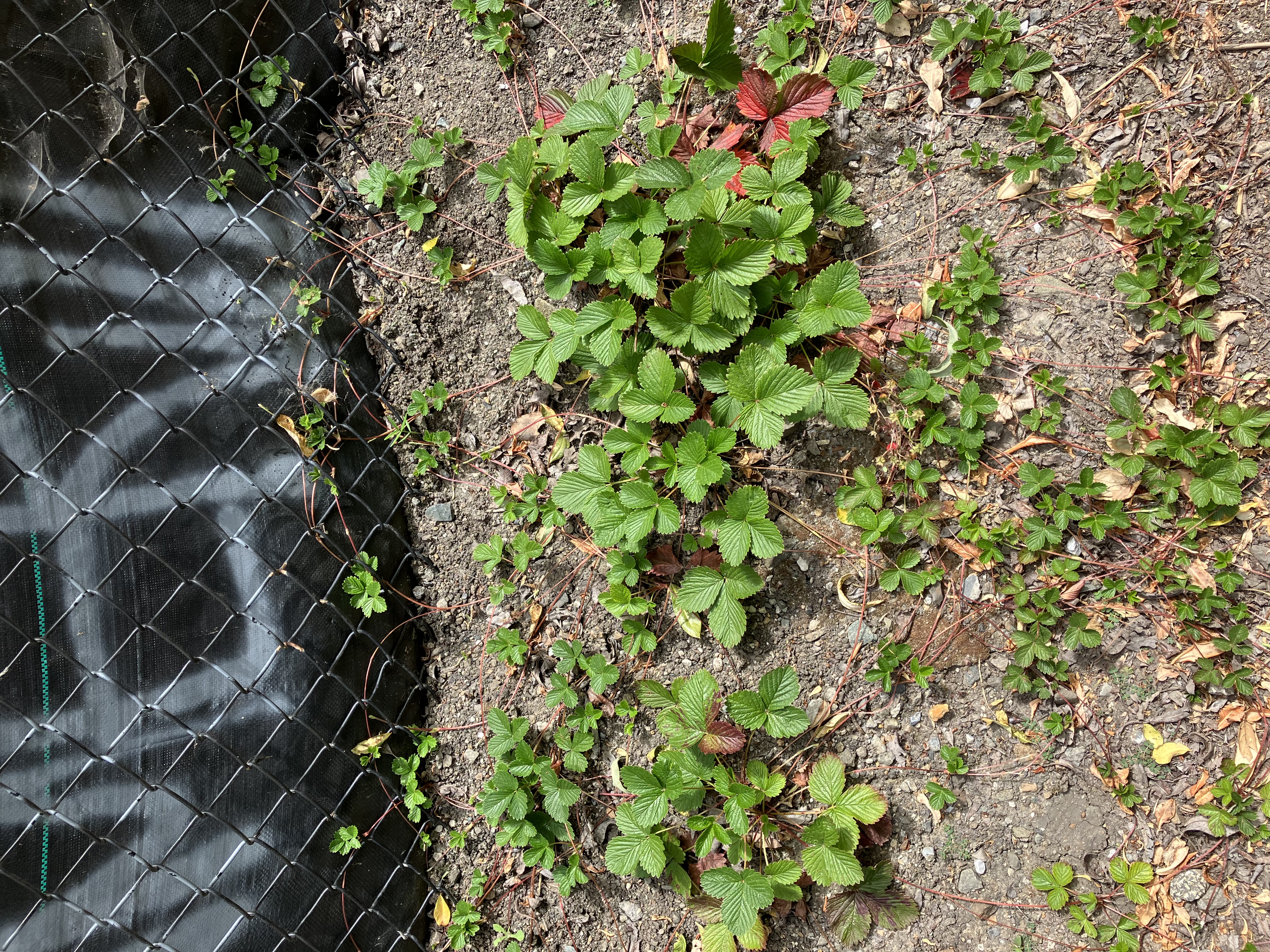
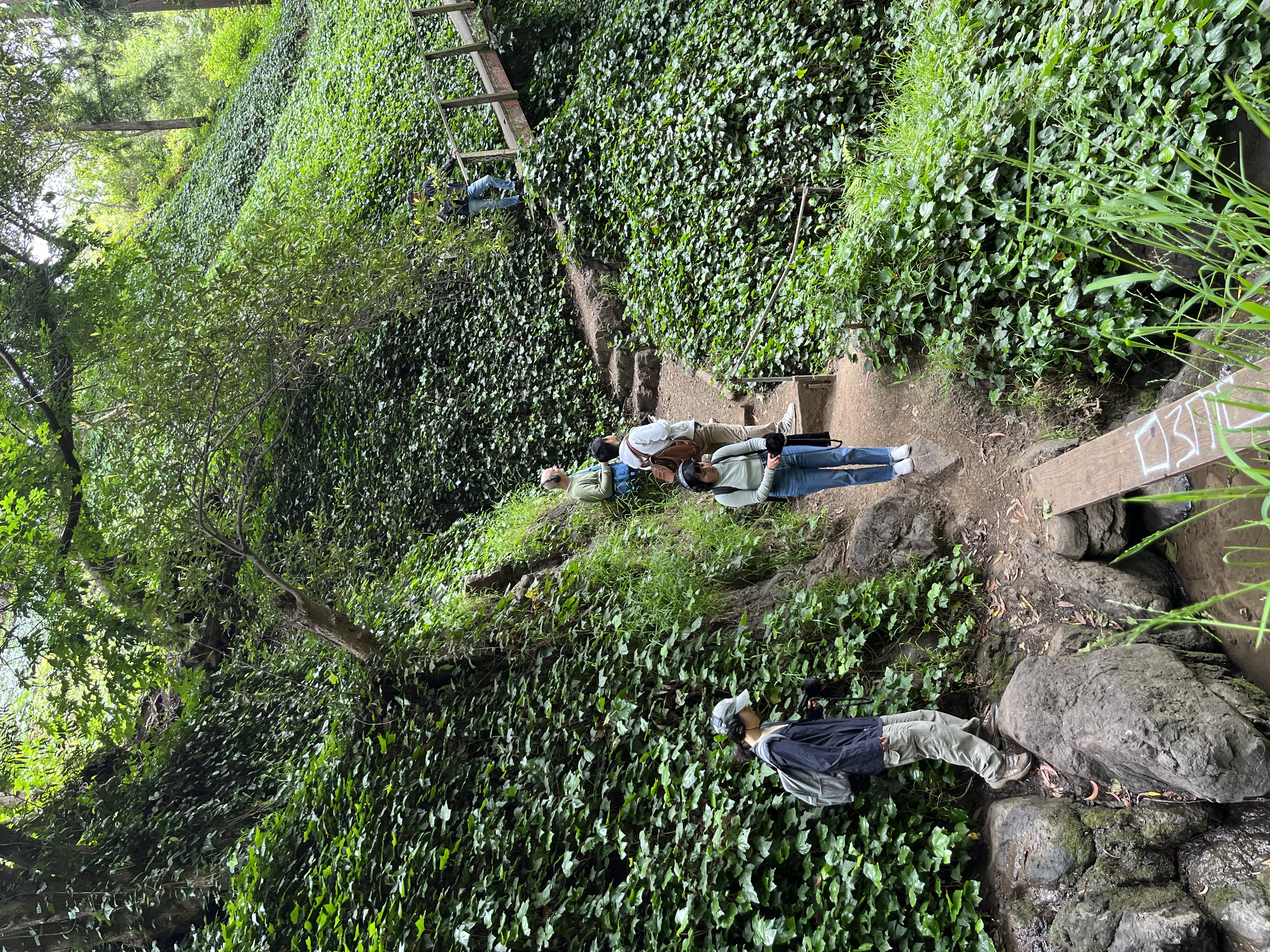
June 2023
From Codornices Park and Lower Codornices Creek
My intentions for this soundwalk was to tell a story about Codornices Creek and its many meanders through Berkeley - both natural and constructed, quiet and loud, nutured and neglected. While we were at Codornices Park, we encountered a yellow bird that was curiously inching towards us on the tree branches. I decided to use its chirping as a recurring element to signal transitions in places and experiences because it was intimate, yet powerful to hear such a small creature make such beautiful sounds.

“Friends of Five Creeks has been part of this in many ways, from advocacy to major work parties thinning overgrown vegetation or planting natives, to ongoing volunteer maintenance as we campaigning for adequate maintenance by the three agencies responsible: Albany, Berkeley, and UC Berkeley.”
“Codornices Creek.” http://www.fivecreeks.org/projects/codornices_creek/.
Strawberry Creek
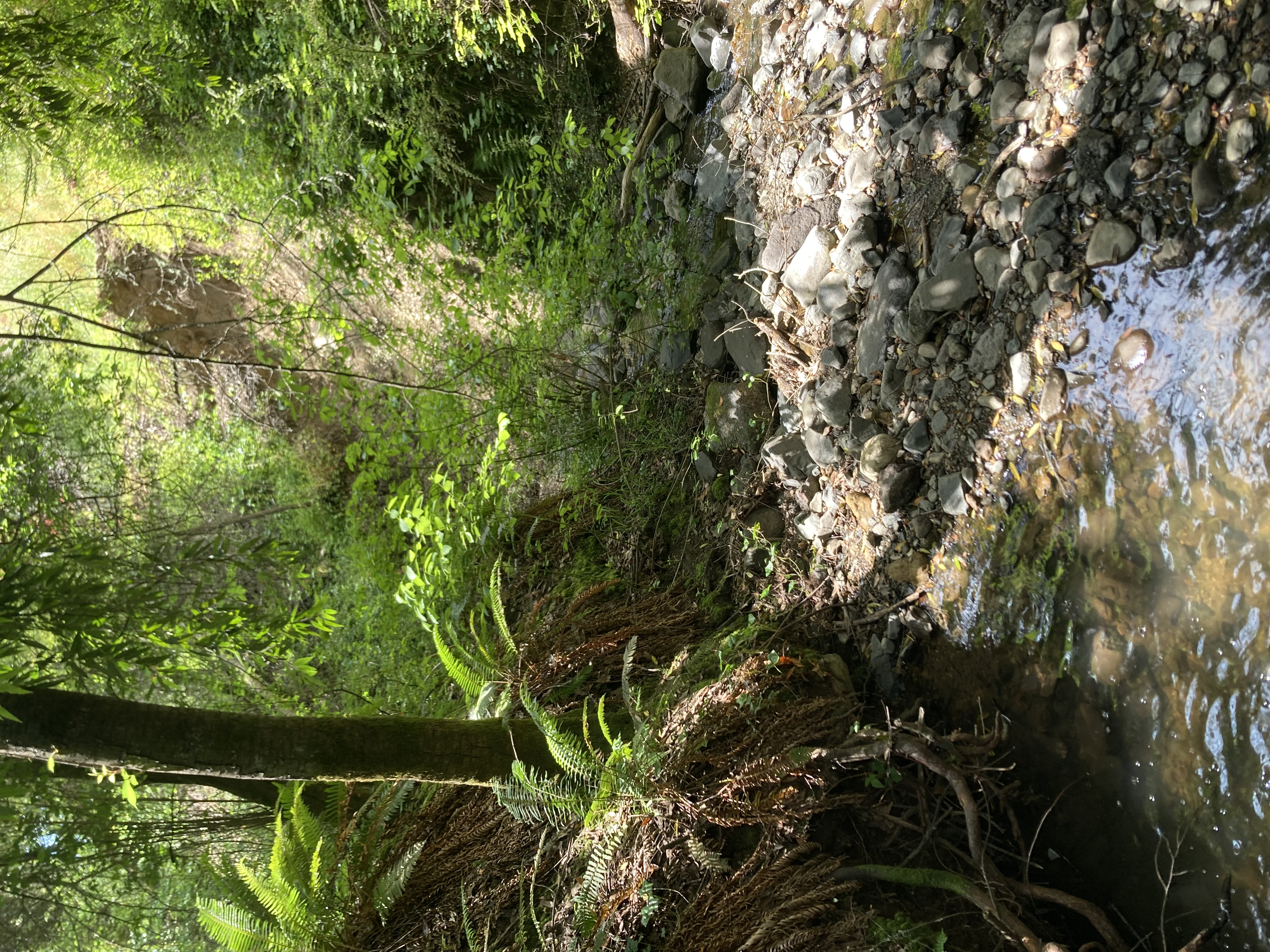
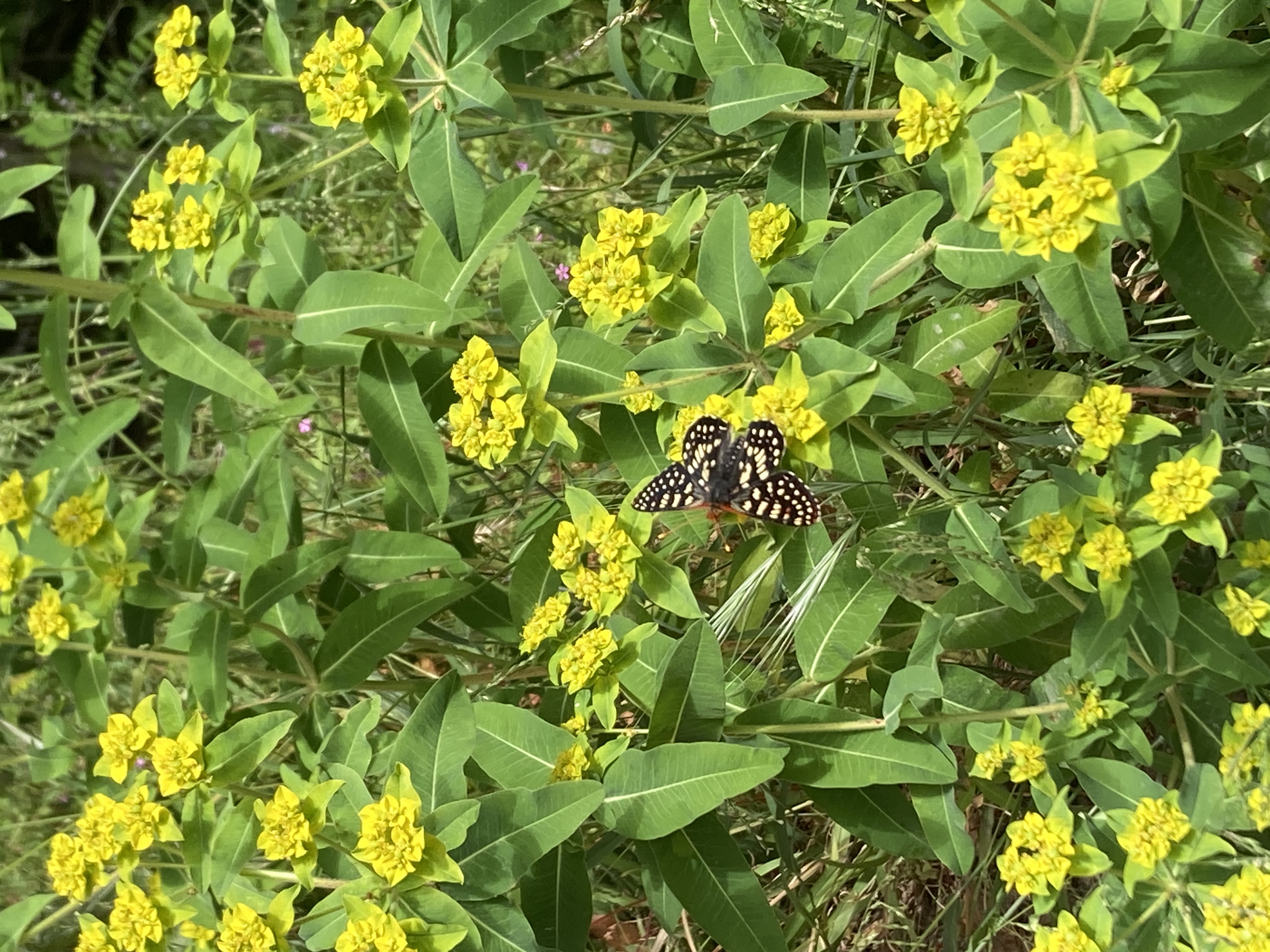
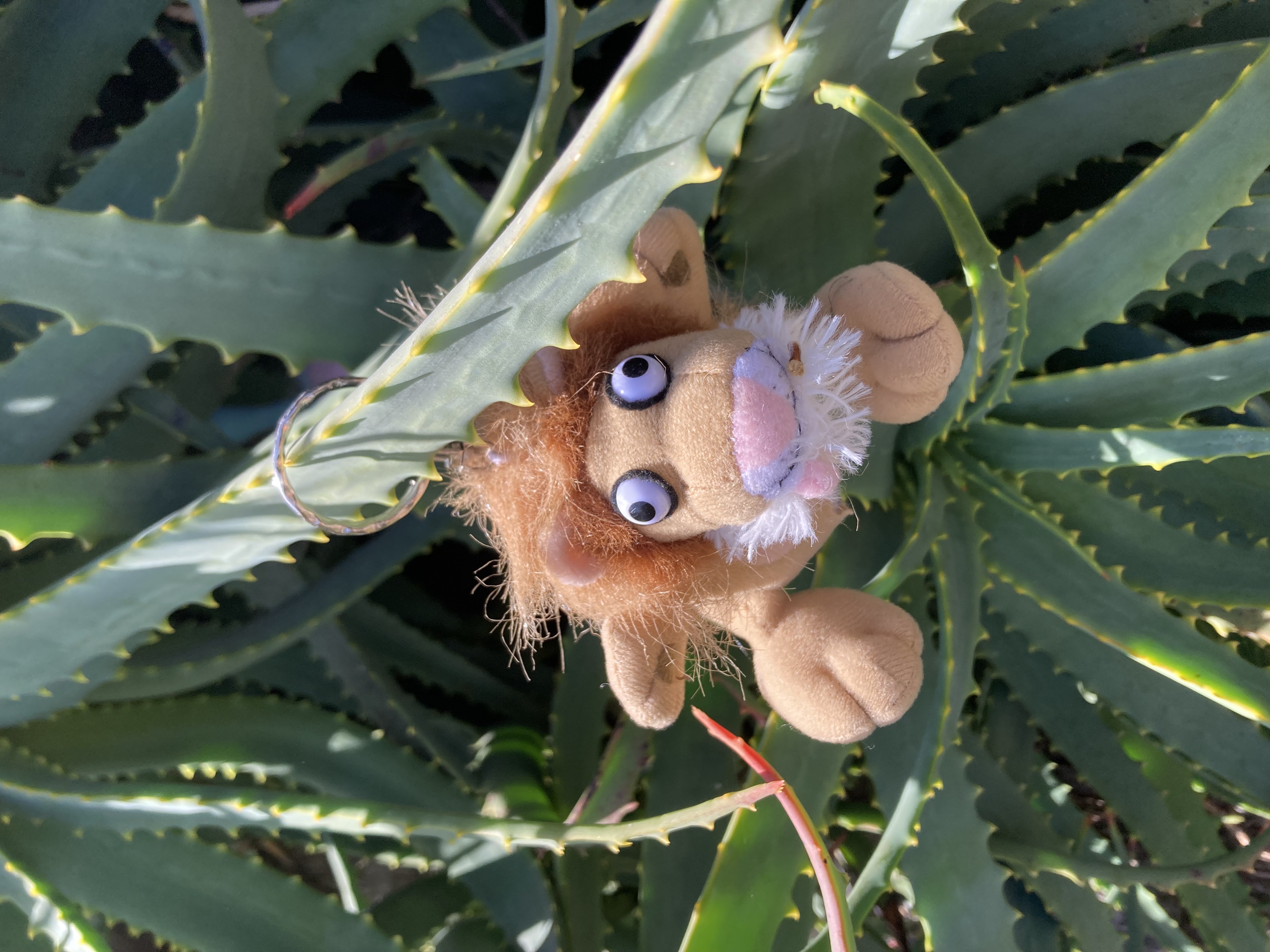
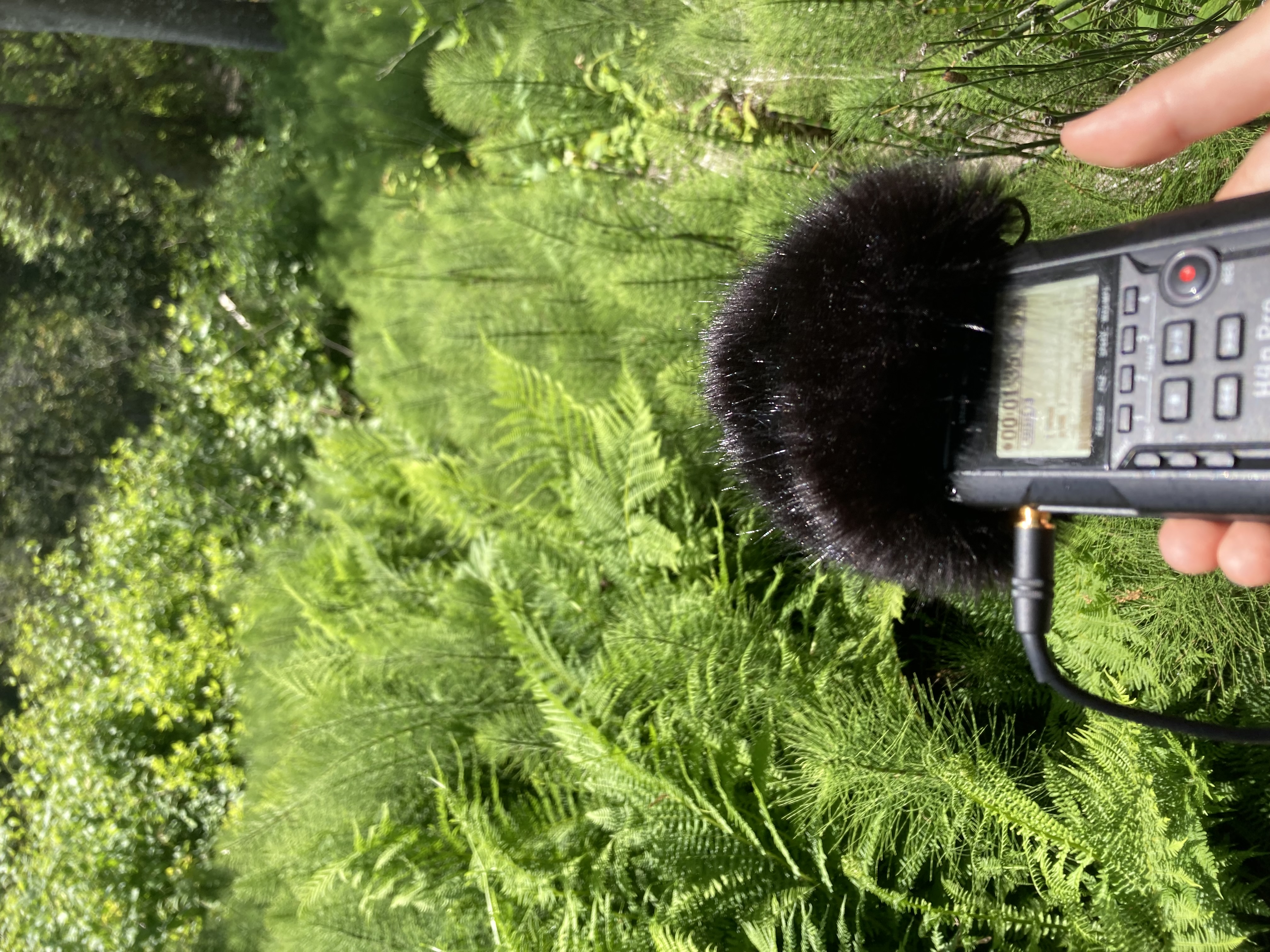
June 2023
From UC Botanical Gardden, Fire Trails, Strawberry Creek Park, and in between
This soundwalk captures experiences from the peaceful Berkeley Hills through rowdy Downtown Berkeley to finally, the lively Strawberry Creek Park. This journey mirrors Strawberry Creek’s tumultuous history. The Huchiun-Ohlone tribe used the creek as a food source, water source, for bathing, and as a sacred burial space (shellmounds). Up until the late 1700s, the creek was home to native species of steelhead trout, salmon, and shellfish. Oak acorns, seeds, and strawberries could also be found on the creek banks. When the Spanish started colonizing, they brought cattle that overgrazed the lands, invasive species, and destructive ecological practices.
In 1857, the University of California officials chose to build on top of Strawberry Creek so they could use it as a year-round water supply. The College Water Company built additional dams in order to satisfy the needs of the people. For most of the 20th century, the Strawberry Creek had been filled with sewage, urban runoff, chemicals, and litter. Moreover, as roads and other impervious surfaces were built, it allowed rain to flow faster towards storm drains instead of slowly percolating through the soil.
“compared to the way the people of the 20th century used the water, is the fact that the settlers and city officials would make drastic changes to the creek in order to get the response they wanted. The Ohlone people would collaborate with the creek in order to fulfill the needs of the people” (Davuluri).
During the late 20th century, many people were passionate about environmental restoration projects, especially with the passing of the Clean Water Act in 1972. Eventually Strawberry Creek Park with the daylighted creek was established in 1982, which continues to be appreciated and used by children and community members to this day. Upstream from Strawberry Creek Park, the University of California Environment, Health, and Safety (EH&S) Department continues to do restoration work to this day. In contemporary times, the UC campus uses the Strawberry Creek as an outdoor laboratory or classroom.
Davuluri, Sruthi. “Strawberry Creek.” FOUNDSF, 2015, www.foundsf.org/index.php?title=Strawberry_Creek.